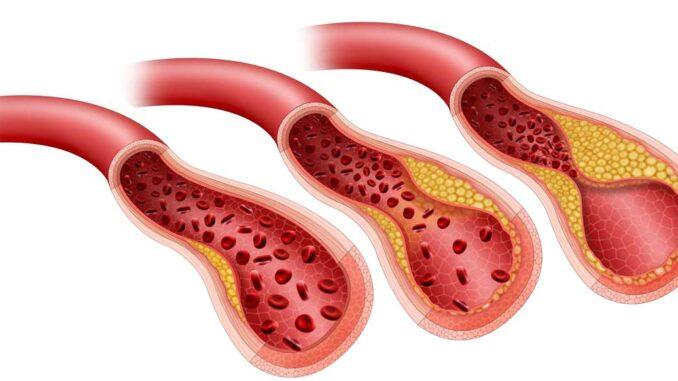
Last Updated on by lizzy
Coronary heart disease, also known as coronary artery disease, is a prevalent and potentially serious condition that affects the heart’s blood vessels. In this article, we will explore the definition of coronary heart disease and its significance in terms of public health.

Causes of Coronary Heart Disease
Coronary Heart Disease (CHD) develops when cholesterol and fatty substances accumulate on arterial walls. This buildup, known as plaque or atheroma, progressively narrows the arteries through a process called atherosclerosis. The presence of plaques poses a significant risk as they stiffen arterial walls, impede blood flow, and disrupt the proper functioning of various organs. Additionally, the rupture of plaques can lead to the formation of blood clots, further obstructing the blood supply to the heart.
Coronary Heart Disease Risk Factors
Atherosclerosis, where plaque builds up inside the arteries, narrowing them and reducing blood flow to the heart.
Hypertension/high blood pressure
The presence of high blood pressure exerts excessive force on the artery walls, leading to thickening of blood vessels. When combined with elevated cholesterol levels, this condition significantly increases the likelihood of developing CHD.
Smoking
It elevates your cholesterol levels, resulting in the narrowing of your blood vessels due to the accumulation of plaque. Additionally, smoking causes damage to the arterial walls, raises blood pressure, and diminishes your levels of good cholesterol (HDL), all of which further contribute to the development of coronary heart disease (CHD).
Elevated cholesterol levels
Given that cholesterol buildup is a primary cause of CHD, having high levels of cholesterol is a significant risk factor for this condition.
Diabetes
Individuals with diabetes face a three-fold higher risk of experiencing CHD compared to those without the condition.
Obesity
Individuals who are overweight are six times more likely to experience heart disease. Obesity paves the way for the development of high blood pressure, high cholesterol, high triglycerides, diabetes, and stress, all of which individually contribute to the onset of coronary heart disease.
Elevated cholesterol levels
Given that cholesterol buildup is a primary cause of CHD, having high levels of cholesterol is a significant risk factor for this condition.
Alcohol
Consuming alcohol in excess of the recommended limits can raise cholesterol levels and blood pressure, both of which contribute to the accumulation of plaque in the arteries, thus increasing the risk of CHD.
Coronary Heart Disease Symptoms
Coronary heart disease (CHD) can manifest through various symptoms, which may vary from person to person. Here are some common symptoms associated with CHD:
Chest pain or angina
The most typical symptom of CHD is angina, which is characterized by discomfort or pain in the chest. The pain may feel like pressure, squeezing, heaviness, or tightness in the chest. It can also radiate to the arms, shoulders, neck, jaw, or back. Angina is often triggered by physical exertion or emotional stress and tends to subside with rest.
Shortness of breath
Individuals with CHD may experience shortness of breath during physical activity or even at rest. This occurs because the narrowed coronary arteries cannot supply enough oxygen-rich blood to the heart, leading to difficulty in breathing.
Fatigue
Unexplained fatigue or a feeling of tiredness is another common symptom of CHD. The heart muscles may not receive sufficient blood supply, causing the heart to work harder and leading to a sense of fatigue and weakness.
Heart palpitations
Some individuals with CHD may experience irregular heartbeats or palpitations. These can be felt as a rapid, pounding, fluttering, or skipping sensation in the chest.
Dizziness or lightheadedness
Reduced blood flow to the brain due to narrowed arteries can result in dizziness or a feeling of lightheadedness.
Nausea and sweating
In some cases, CHD may cause nausea, vomiting, or excessive sweating, often accompanied by other symptoms like chest pain or shortness of breath.
Diagnostic Tests
- Blood tests: These can assess markers such as cholesterol, lipids, fibrinogen, C-reactive protein, and glucose levels to determine the likelihood of CHD.
- Exercise stress test: Evaluates the heart’s response to physical activity by recording its electrical activity (ECG) while the patient exercises, typically on a treadmill.
- Electrocardiography: Measures the heart’s electrical activity by attaching electrodes to the patient’s chest, legs, and arms, generating an electrocardiograph.
- Coronary angiography: A dye is injected through a catheter to visualize blood flow in the coronary arteries using special X-rays.
- Electron-beam computed tomography (EBCT): Checks for calcium deposits in the artery lining, indicating a higher risk of CHD.
- Echocardiography: Real-time imaging of the heart using high-frequency radio waves to assess its structure and function.
Coronary Heart Disease Treatment and Management
Medications
Your physician may prescribe medications to manage risk factors such as high blood pressure, cholesterol, and diabetes, which can exacerbate coronary heart disease (CHD).
- Beta blockers: This class of medications is employed to decrease heart rate and reduce the force of contractions in the heart.
- Nitrates or nitroglycerin: If you experience chest pain, your doctor may prescribe these medications.
- Cholesterol-lowering drugs (statins): These medications aid in reducing cholesterol levels and preventing the formation of plaque caused by atherosclerosis.
- Angiotensin blockers: These drugs are utilized to treat hypertension (high blood pressure).
Surgical procedures
Coronary artery bypass surgery: This surgery involves using a healthy blood vessel, called a graft, to create a bypass or an alternative pathway for blood to flow around a blockage in a coronary artery, enabling the heart to pump blood to other body parts.
Angioplasty: Angioplasty is a common surgical procedure performed to unblock arteries using a small device known as a stent. This procedure is indicated, the process is explained, and the associated risks are outlined.
Minimally invasive heart bypass surgery: This procedure is performed when one or two coronary arteries near the heart are obstructed. It involves attaching an artery from the chest wall to partially blocked coronary arteries.
Prevention and Lifestyle Tips
Adopting a Heart-Healthy Diet
Following a heart-healthy diet rich in fruits, vegetables, whole grains, lean proteins, and healthy fats can help prevent and manage coronary heart disease.
Regular Physical Activity
Engaging in regular physical activity, such as aerobic exercises, helps strengthen the heart, improve circulation, and maintain a healthy weight.
Stress Management
Chronic stress can contribute to the development and progression of coronary heart disease. Implementing stress-management techniques like meditation, deep breathing exercises, or engaging in hobbies can have a positive impact on heart health.
Regular Health Check-ups and Screening
Regular check-ups with healthcare professionals allow for the monitoring of risk factors and early detection of any potential issues. Routine screening tests, such as cholesterol and blood pressure measurements, provide valuable information for managing coronary heart disease.
Avoiding or Limiting Alcohol Consumption
Excessive alcohol consumption can raise blood pressure and contribute to other heart-related problems. Limiting alcohol intake or avoiding it altogether is beneficial for heart health.
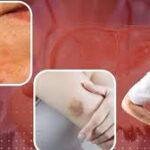
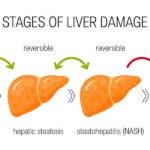
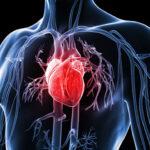
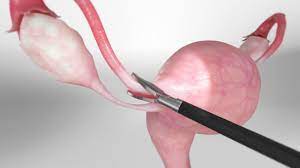
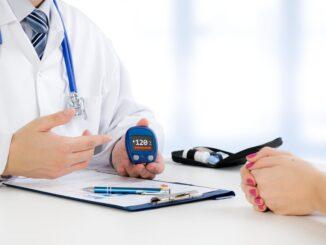
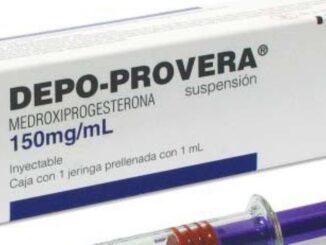
Leave a Reply